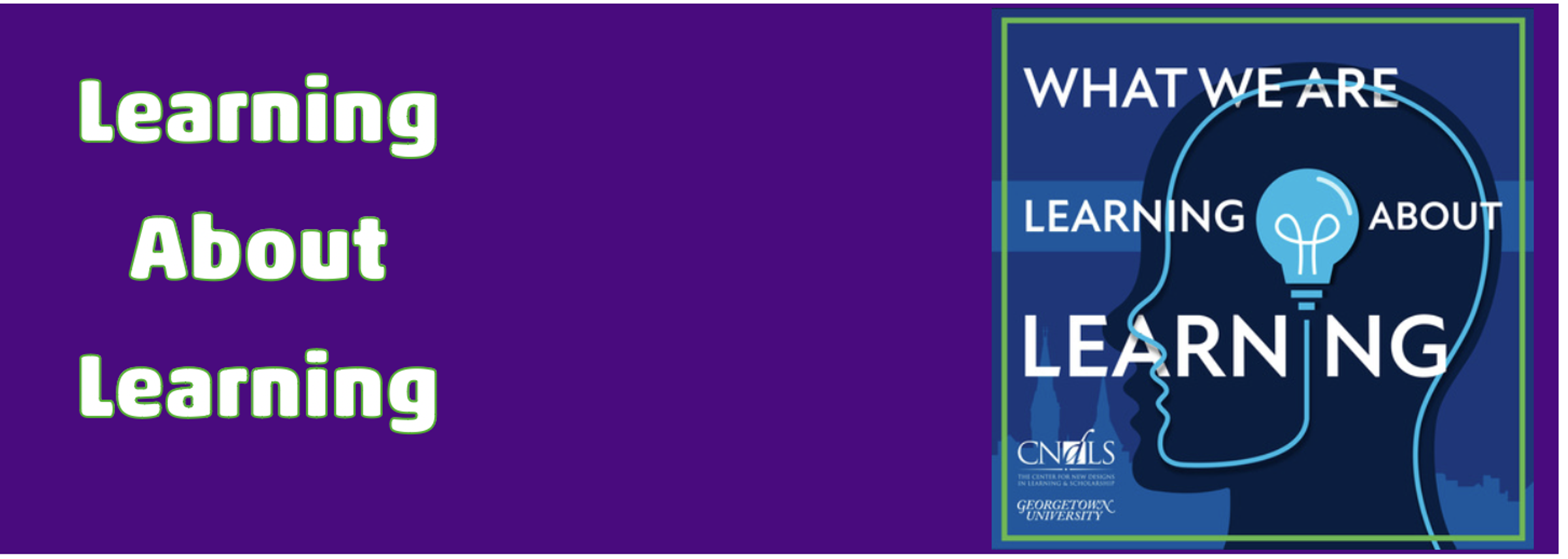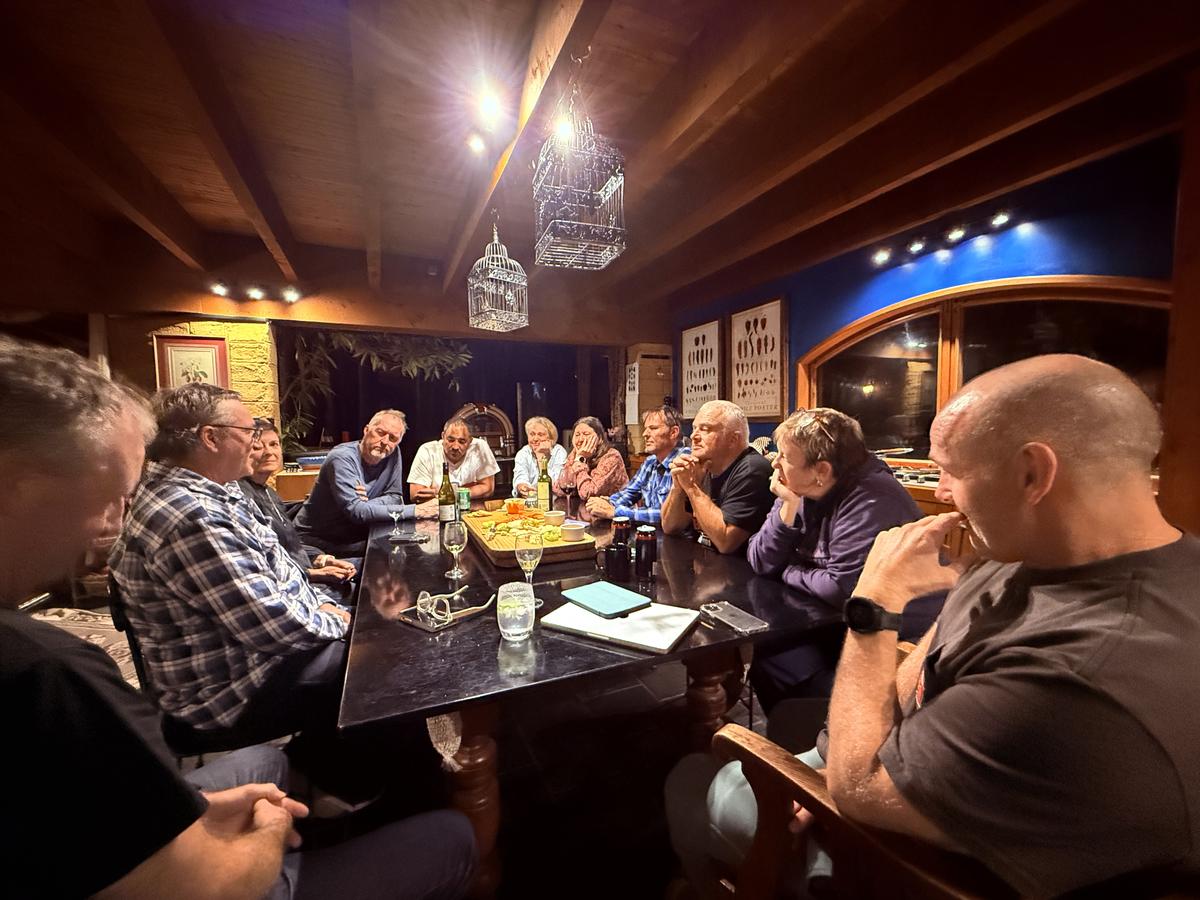Principal Learning:

I was away at a Principals' Conference in Nelson last week. It is a group of leading principals from around New Zealand who have been meeting and running our own in-house conference for the last 17 years. In that time, one has achieved a PhD in indigenous learning and is now heading a department at Canterbury University. Another is now the Director of Inclusive Education for the South Australian Ministry of Education.
Meeting with these colleagues is always challenging, rewarding and inspiring. One of our team is the Principal of Waimea College in Nelson, and he hosted us this time.
In case you are remotely interested, some of the topics we focused on were:
Framing and Reframing Organisations in Education
Purpose, Culture and the Perils of Leading Change
Improving Learning and Teaching in Schools
Joyful Learning
Lessons in Leading Teams
Building Capacity for Effective Family-School Partnerships
Leading Strategically'
Clever Classrooms: Report of the HEAD Project’
Empowered Learners- Dr Julia Atkin - Senior Advisor in Learning Design,
South Australian Ministry of Education
Inclusive Education - Perry Rush - South Australian Ministry of Education
Harvard University Education - Four Frames of Leadership
1. The Structural Frame
2. The Human Resource Frame
3. The Political Frame
4. The Symbolic Frame
Structural Leaders
Structural leaders emphasise rationality, analysis, logic, facts, and data. They are likely to place strong importance on clear structure and well-developed management systems. In their view, a good leader is someone who thinks clearly, makes sound decisions, possesses strong analytical skills, and can design structures and systems that effectively achieve results.
Human Resource Leaders
Human resource leaders emphasise the importance of people. They support the belief that the central task of management is to develop a good fit between individuals and organisations. They value coaching, participation, motivation, teamwork, and strong interpersonal relationships. A good leader, from this perspective, is a facilitator and participative manager who supports and empowers others.
Political Leaders
Political leaders believe that managers and leaders operate in a world of conflict and scarce resources. The core task of management, therefore, is to mobilise the necessary resources to advocate for and advance the goals of the unit or organisation. Political leaders stress the importance of building a power base through allies, networks, and coalitions. In their view, a good leader is an advocate and negotiator who understands politics and is comfortable with conflict.
Symbolic Leaders
Symbolic leaders believe that the essential role of management is to provide vision and inspiration. They rely on personal charisma and a flair for drama to engage people and foster commitment to the organisation’s mission. A good leader, from this perspective, is a prophet and visionary who uses symbols, tells stories, and frames experiences in ways that offer people hope and meaning.
I found the Four Frames focus most useful. I did the self-analysis test, and my strengths are in the Human Resources and Symbolic frames. Knowing this is a help. When I have a challenge or initiative to consider, I now know what my (bias) focus will tend to be. This knowledge will help me make a more reflective decision, ensuring I carefully consider the Structural and Political aspects.
My Contribution:
My share focus was on three key aspects:
The use of AI in teaching and learning.
Pay It Forward Project visits by our school to Aitutaki.
How we incorporate our Pōhatu Tūmu Foundation Stones Values into our assessment and reporting process at WHS.
Part of my AI sharing was around an Artificial Intelligence Agent I developed, which I then turned into a stand-alone application. It allows us to provide incredibly consistent, accurate, reliable and in-depth analysis of student writing. It removes teacher subjectivity - the biggest challenge for schools and teachers when assessing writing.
My tool identifies children's strengths and next steps for learning.
It also provides an in-depth analysis according to -
* Planning
* Sentence Structure
* Expansion
* Precision
* Crafting
Discussions often went late into the night.

